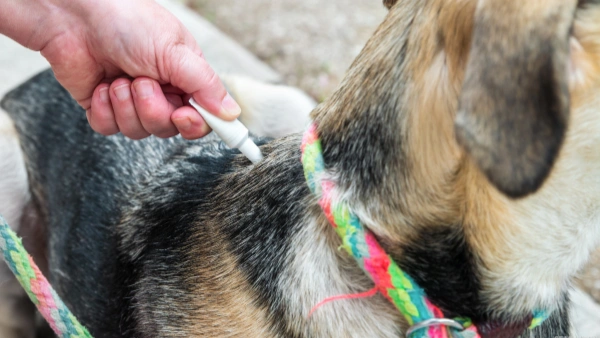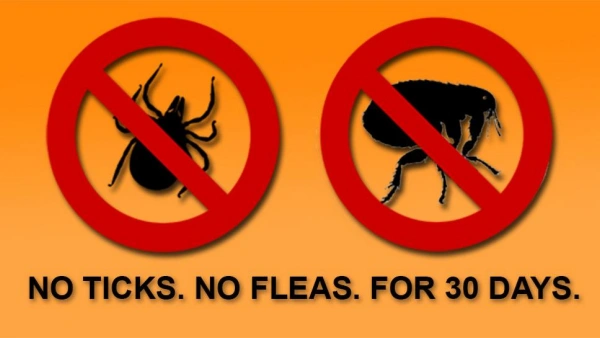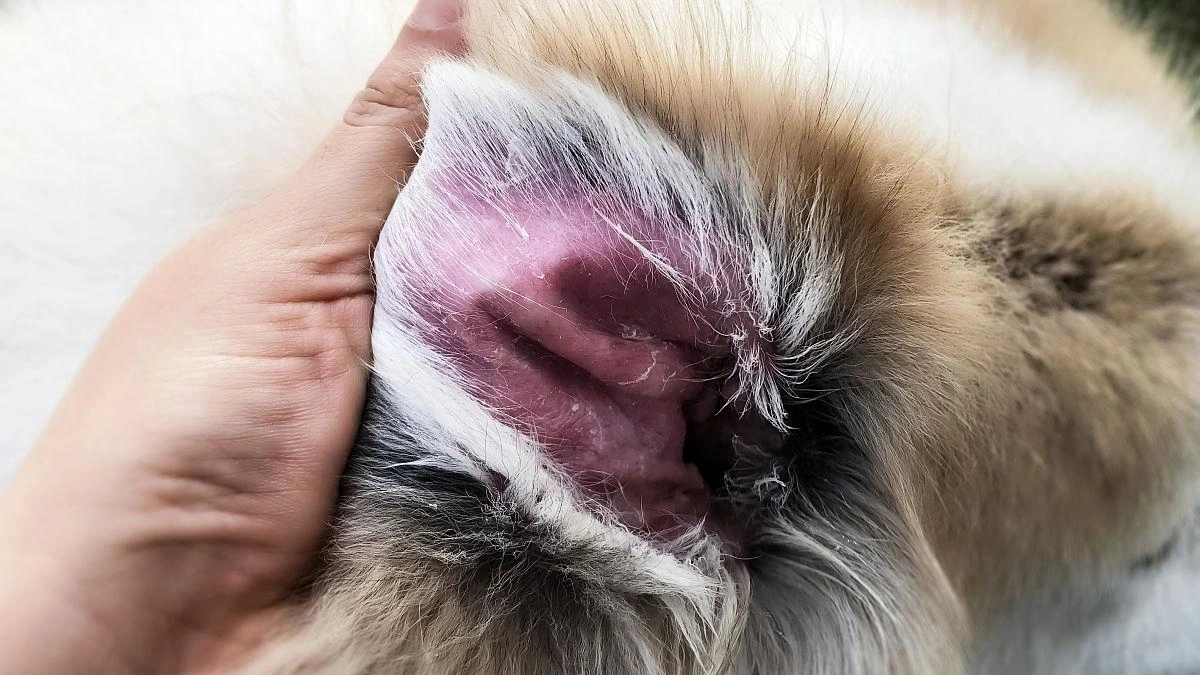Best Flea and Tick Spray for Dogs and Cats (2025 Update)
Fleas and ticks can make your pet miserable and spread disease.constant scratching, irritated skin, and the risk of infections or transmitted illnesses create worry for owners.choosing and using the right flea and tick spray for dogs and cats — applied safely and paired with home cleaning — can stop infestations fast and keep your pets comfortable.
Why You Need a Flea and Tick Spray for Dogs and Cats
Fleas and ticks: the health risks
Fleas cause intense itching, hair loss, flea allergy dermatitis, and can carry tapeworms.
Ticks can transmit Lyme disease, Ehrlichiosis, Babesia and other serious infections to dogs and (rarely) to humans.
Both parasites reproduce quickly — one breeding cycle can lead to a household reinfestation if not treated.
When a spray is a good choice
Quick on-the-spot protection before outdoor walks or in multi-pet homes.
Sprays work for pets that resist collars or topical spot-on treatments.
Some sprays can also be used on bedding and carpets as a dual pet-and-home solution.
Tip: Look for a flea and tick spray for dogs and cats that clearly lists which animals it is safe for; some dog-specific chemicals are toxic to cats.
How to Choose the Right Spray
Check safety first
Always read the label: confirm the product is labeled safe for both species if you plan to use it on cats and dogs.
Avoid sprays with permethrin on any cat — it is toxic to cats even in small amounts.
If a product is vet-approved or has third-party testing, that’s a reliability signal.
Understand active ingredients
| Ingredient type | Examples | Pros | Cons |
|---|---|---|---|
| Natural oils | Rosemary, cedar, lemongrass | Usually safe for frequent use, pleasant scent | Shorter protection window |
| Insect growth regulators (IGRs) | Pyriproxyfen, methoprene | Stops eggs/larvae, long-term break in lifecycle | Often used with other actives |
| Synthetic actives | Fipronil (dog products), permethrin (dog only) | Long-lasting, strong kill | Check species safety carefully |
Match the spray to your pet’s lifestyle
Indoor-only cats & dogs: consider a gentle, natural pet flea spray to reduce daily exposure.
Active outdoor dogs: a long-lasting tick spray for dogs or a vet-recommended formulation offers better protection.
Multi-pet households: pick products safe for all animals present.
When in doubt, ask your veterinarian which flea and tick spray for dogs and cats is best for your home's needs and your pets' medical history.
How to Apply a Flea and Tick Spray Correctly
Step-by-step application
Shake the bottle well.
Hold your pet still or have a helper gently restrain them.
Spray evenly across the coat, focusing on the back, base of the tail, and underbelly — avoid eyes, nose, mouth, and genitals.
Massage lightly to get the spray down to the skin where parasites live.
Allow the coat to air-dry; do not bathe for 24–48 hours unless the label says otherwise.
Safety and frequency
Follow the label: do not exceed recommended frequency.
Do a patch test on a small area to check for irritation before full use.
Keep treated pets away from young children until spray dries.
Note: For a household plan, use flea and tick spray for dogs and cats as one tool among others: grooming, vacuuming, and treating bedding.

Recommended Types of Sprays (By Use Case)
1. Natural daily-use sprays
Good for pets with sensitive skin and for households wanting mild daily protection.
Use as part of a regimen: grooming + weekly bedding wash + spray.
2. Long-lasting chemical sprays
Best for high-risk pets that roam outdoors. These often include IGRs or strong actives.
Only use products labeled safe for both species if you have cats.

3. Home-and-pet dual sprays
Designed for carpets, bedding, and pet fur — look for formulas specifically marked safe for fabrics and pets.
These help reduce the environmental reservoir of eggs and larvae.
Household Measures That Amplify Sprays
Cleaning checklist
Vacuum carpets, sofas and floors weekly; empty the vacuum outside.
Wash pet bedding and soft toys in hot water at least weekly.
Use environmental spray on kennels, crates, and frequent pet zones.
Grooming and dietary support
Regular brushing removes fleas and flea dirt before they spread.
High-quality omega-3 supplements support skin barriers that resist pests.

When to See Your Veterinarian
Red flags that need professional care
Persistent scratching or open sores after treatment.
Signs of infection: redness, swelling, discharge, or fever.
Sudden lethargy, loss of appetite, or visible limp (possible tick-borne illness).
Everything Our Vets Recommend
What the vet can provide
Prescription-strength topical or oral medications tailored to your pet.
Guidance on a combined prevention plan: collar + oral + spray where appropriate.
Testing for tick-borne diseases if symptoms appear after a tick bite.
Flea and Tick Spray for Dogs and Cats FAQs
Can I use one spray bottle for both my dog and my cat?
Only if the label explicitly states the product is safe for both cats and dogs. Many strong insecticides safe for dogs are toxic to cats, so never assume a dog product is safe for felines.
How often should I spray my pet?
Follow the product label. Many natural sprays can be used weekly, while stronger formulations may be applied less frequently (every 2–4 weeks). Over-application can irritate skin, so stick to directions.
Are natural sprays effective enough?
Natural pet flea spray and plant-based repellents reduce exposure and are great for daily maintenance. For heavy infestations, pair a natural spray with vet-recommended treatments or an IGR-based environmental approach.
Quick Comparison: Spray Types
| Type | Best for | Longevity | Cat-safe? |
|---|---|---|---|
| Natural oil sprays | Daily maintenance, sensitive pets | Hours–days | Usually yes |
| IGR + adulticide sprays | Household infestation control | Weeks | Depends — check label |
| Synthetic long-acting sprays | Outdoor dogs, heavy pressure | Weeks–months | Often no (not cat-safe) |
Final Notes and Action Steps
Protecting your pets and home from pests is a multi-step process. Use a vet-approved flea and tick spray for dogs and cats appropriate to your household, pair sprays with environmental cleaning, and consult your veterinarian for severe infestations.
Ready to act? Choose a spray that lists both dogs and cats when needed, schedule weekly bedding washes, and talk with your vet about a combined prevention plan.
Summary
Choosing the right flea repellent spray for dogs or a gentle pet flea spray — and using a targeted tick spray for dogs when necessary — clears immediate pests and helps prevent re-infestation. Pair selected sprays with home cleaning and vet advice for reliable year-round control.
You May Like:
- Parasite Prevention for Dogs: 2025 Vet-Approved Guide
- 2025’s Best Flea and Tick Shampoo for Dogs – New Formulas
- Avoid These: Flea and Tick Medication for Dogs That Deliver
- Flea and Ear Mite Treatment for Dogs Complete Guide
User Comments
Does flea treatment kill ear mites too?
Can dogs take human probiotics?
Can dogs have people probiotics safely?
Related Articles
View all
How to Get Rid of Dog Allergies Naturally: Common Mistakes

Dog Allergic Reaction Eye Swelling: Hidden Mistakes to Avoid

Why Do Bulldogs Scratch? Bulldog Skin Allergies Guide

Cure for Dog Skin Allergies Owners Often Miss

How to Get Rid of Dog Allergies Naturally: Common Mistakes

Dog Allergic Reaction Eye Swelling: Hidden Mistakes to Avoid

Why Do Bulldogs Scratch? Bulldog Skin Allergies Guide

Cure for Dog Skin Allergies Owners Often Miss

Vet-Recommended Wet Dog Food for Sensitive Stomachs — 2025 Guide

Dog Dust Mite Allergy: Symptoms, Treatment, Prevention

Can Allergies in Dogs Cause Diarrhea and Vomiting? Explained

10 Pitbull Health Problems You Should Know in 2025 — Tips














Leave a Reply